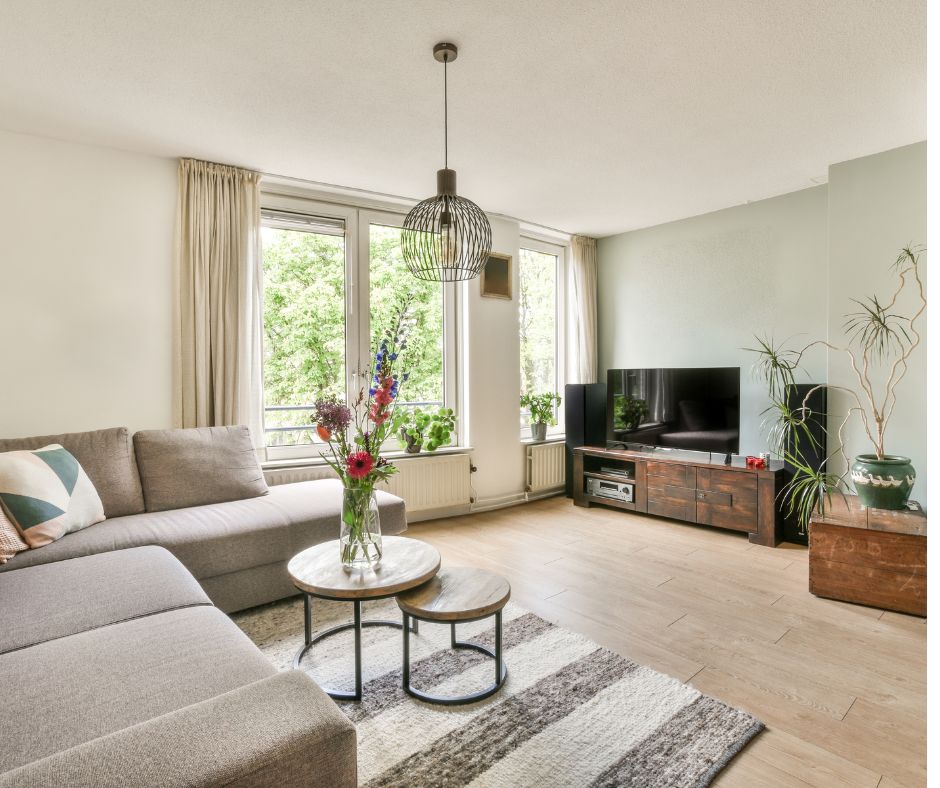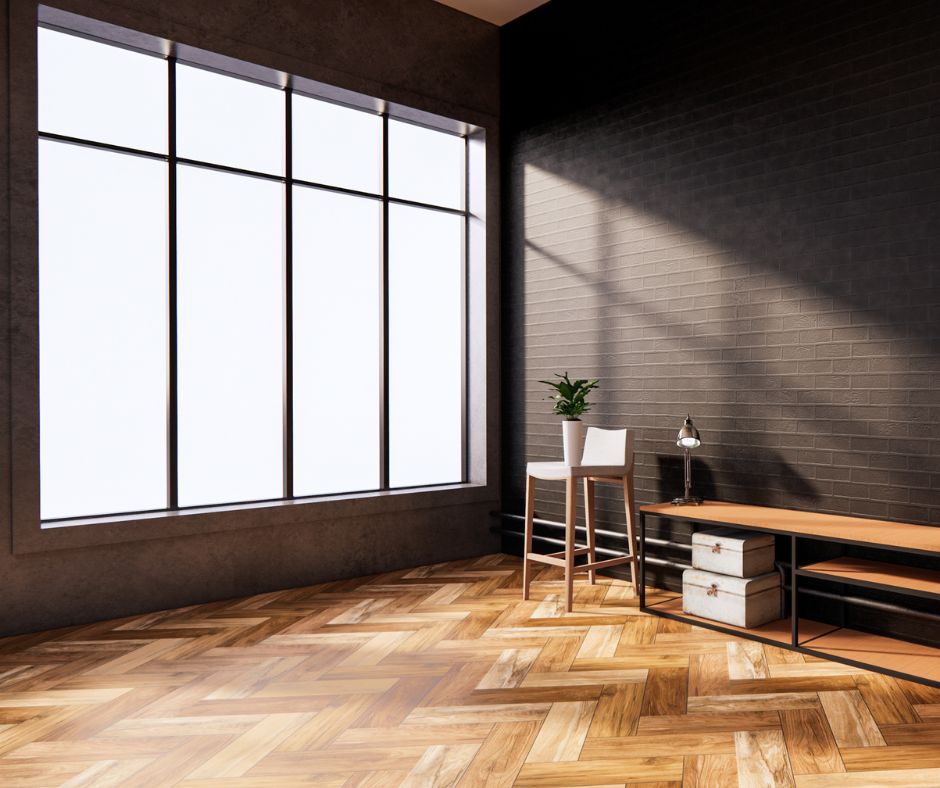Last Updated on February 8, 2024 by Mary Pressler
11 Key Principles for Designing Your Energy-Saving Space
A home that doesn’t use up as much energy can be a weight lifted off your shoulders and your wallet. If you’re interested in making a home that you’ve optimized for energy efficiency, here are 11 design principles you can apply to its design that will achieve just that.
1. Proper Insulation
The air conditioning system is one of the main parts of the home that consumes a lot of energy. Whether you’re cooling or heating the house, you’re using up energy to ensure that your home is at the most comfortable temperature.
While there’s only so much you can do with your temperature control system at home, at the very least, you can find ways to make it more efficient and effective. One of the best ways to do that is by insulating your home.
When your home is adequately insulated, your air conditioning system won’t have to work as hard to maintain the temperature you want in your home. With a properly insulated home, your home can keep heat for longer or keep out heat better. That means proper insulation is helpful in the warmer and colder months of the year.
2. Passive Solar Design
Using alternative energy sources to power your home is a great way to save energy for your home. Since you’re generating power into your home, you can reduce your reliance on your power grid. In some cases, you can even give back excess energy that you generated that you didn’t end up consuming, and you’ll get money back from that.
Now, when accommodating solar power into your home, you can create a passive solar design to ensure you make the most out of it.
Aside from positioning your solar panels in the right places, there are other ways to use solar energy in your home.
Proper placement of windows can help you reduce your reliance on electric lights while the sun is out. You can also strategically design your house to ensure you get the most heat possible from the sun when needed.
3. Space Planning
Proper space planning can make your home more comfortable since it accommodates how you naturally move around it. Aside from that, you can better plan your furniture placement so that all of them are comfortable jutting out of certain rooms in your home.
You can use different types of construction software that can specifically help with space planning and project management, ensuring that everything is measured accurately and correctly.
Collaborating with construction professionals while planning your space and communicating with them will make this much more manageable.
4. Energy-Efficient Lighting
Another part of your home that can consume a lot of energy is the lighting in your home. You can be more energy efficient with how you light your home in many ways.
One way would be to replace the lights in your home with LED or CFL bulbs. These bulbs usually use less energy to produce the same or even brighter lights than some traditional bulbs.
Aside from replacing your older bulbs with newer, more energy-efficient ones, strategic placements of natural light sources are another way to be more efficient with lighting.
For example, having strategic skylights and windows can help you make pockets or sections of your home that would be darker and get some more light on them. That way, you don’t need to rely on electric lighting.
You can replace some doors with glass windows to get more light into your home.
You can even put mirrors on the walls opposite of a window or a door as it could naturally spread light throughout the room.
5. Water Efficiency
Energy isn’t the only thing you can be more efficient with. Water is another resource you can be mindful of using and then applying design to make it easier.
One example of how you can do that is by incorporating low-flow water fixtures that innately reduce the amount of water from them. That way, you don’t have to actively change any water consumption habits that you’re used to since the fixtures themselves already don’t use a lot of water.
6. Indoor Air Quality
If you want to improve air quality, there are many ways you can do that without using electricity with an air purifier (although there’s nothing wrong with that).
Using non-toxic materials as you build your home, you won’t have to worry much about poor indoor air quality. Also, ensuring your home is ventilated correctly can help you get more airflow.
Adding natural plants can also help freshen the look of the home and make the air cleaner. Just remember to care for your plants.
7. Energy Efficient Appliances
Buying appliances that are already energy-efficient is a great way to reduce your electricity bill. Just look at what the energy labels on them state to know how efficient they are with how they use the electricity.
With that in mind, though, avoid replacing your otherwise working appliances since you don’t want to be wasteful with your excellent appliances.
8. Energy-Efficient Windows
We’ve mentioned how you can use windows to get natural light into your home better. Aside from lighting, though, you should also use windows to insulate your home better. After all, your windows are where heat can escape or come in when you don’t want it to.
If you’re looking for an upgrade in your home, consider converting your windows into more energy-efficient ones that are double or triple-glazed, as those offer the best insulation.
9. Smart Window Design and External Shading
Speaking of windows, creating more brilliant window designs for your home can improve insulation in your home. Aside from your glazing, adding proper external shading for your home can reduce the heat your windows get during hotter days when you don’t want them.
10. Efficient Heating and Cooling
Planning which areas of your home will be cooler or warmer will make it easier for you to plan out how the heating and cooling of your home should be.
For example, patio sliding doors lead outdoors, and the area around them will generally be cooler. On the other hand, your perfectly insulated bedroom and more closed-off can be warmer by design.
By knowing how you designed the heating and cooling of your home, you can be more energy efficient with where you dedicate the most energy to temperature control.
11. Sustainable Materials
Using sustainable building materials for your home’s design will mean using sustainable practices from producing your home’s materials alone.
These usually use local materials, so you won’t have to spend a lot on transportation just for these materials to get to you.
With sustainable materials that are locally sourced, these are more adaptable to your home’s climate since they’re from where you are.
In Conclusion
These design principles can help create a comfortable home that doesn’t use energy excessively. Apply these to your home’s design to improve it while making it as energy-efficient as possible.


